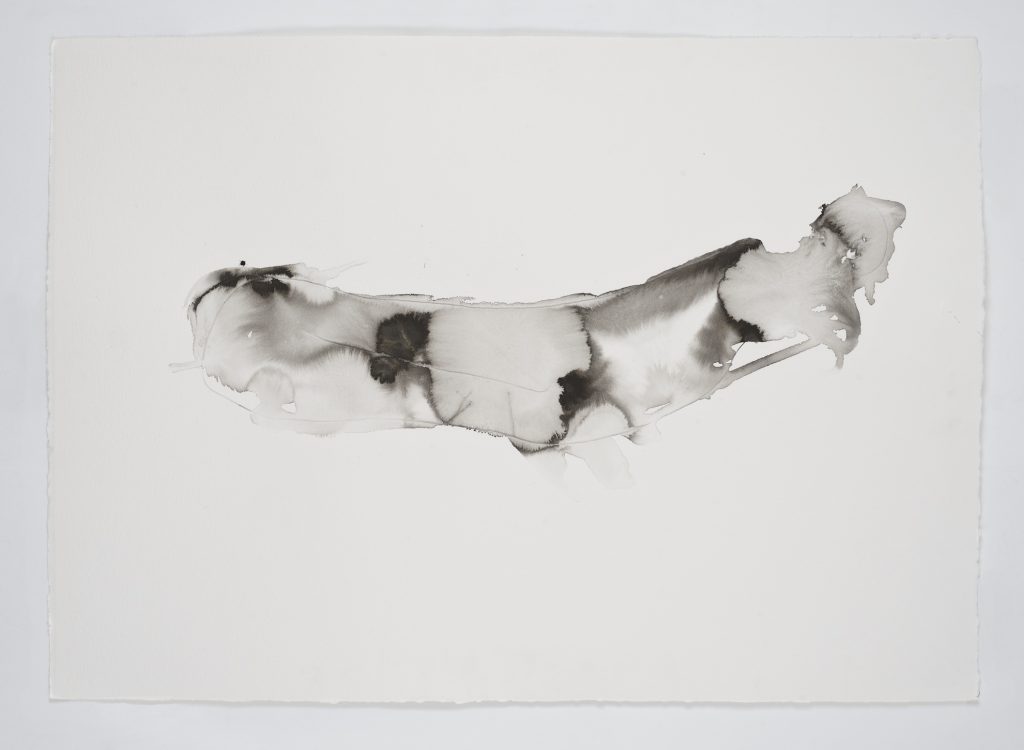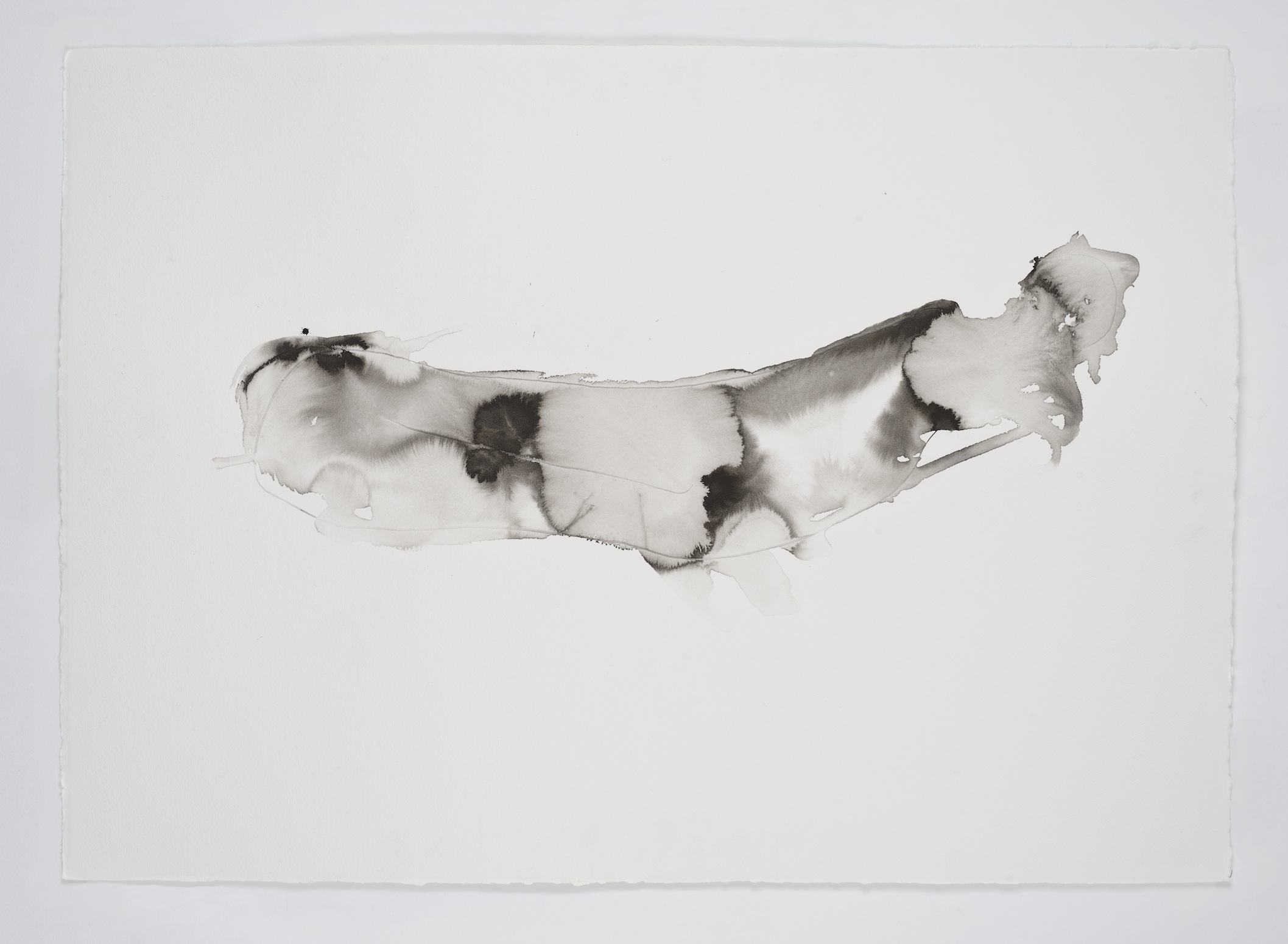
The Whitney’s Surrealism Exhibition Challenges Perception

An informative exploration of the role of surrealism in the Whitney Museum’s “Sixties Surreal” exhibition delves into how American art from 1958 to 1972 was influenced by surrealistic approaches rather than cubism. Curated from numerous artists, the show emphasizes the surreal nature of the era, marked by economic booms, media evolution, and sociopolitical upheavals like the Vietnam War and the countercultural revolution.
Highlighted exhibitions like “The Other Tradition” and works from Funk and Eccentric Abstraction movements show a blurring of content and form. Graham Oldenburg’s “Soft Toilet” and Alex Hay’s “Paper Bag” invoke oddity, while artists like Lee Friedlander offer surreal convergence of reality and media.
Notably, the show struggles with nuanced representation of marginalized identities. While it incorporates voices that express the inherent surrealism of Black life, it is critiqued for further entrenching Eurocentric “real” definitions that others diverge from. The curatorial challenge lies in fleshing out a comprehensive, inclusive narrative of the American surreal, acknowledging varied sociopolitical landscapes.
Ultimately, “Sixties Surreal” ambitiously aims to redefine the period’s art through a surrealistic lens, probing what constitutes “real” versus “surreal” in an exhibition that is as much an examination as a celebration of an era’s subversive creativity.